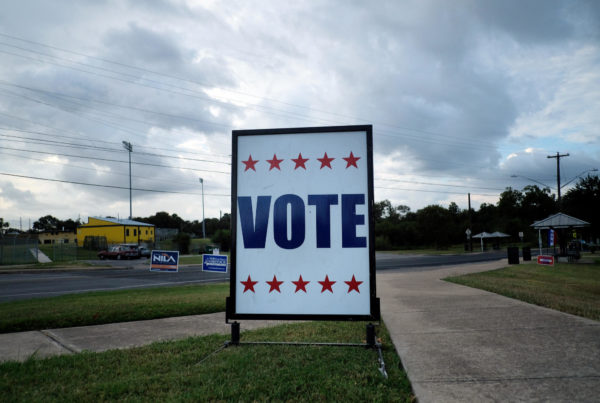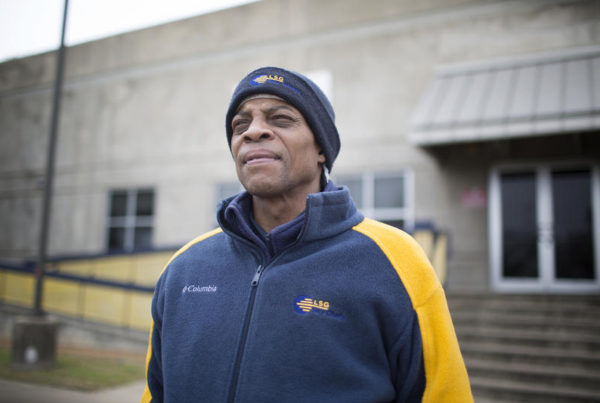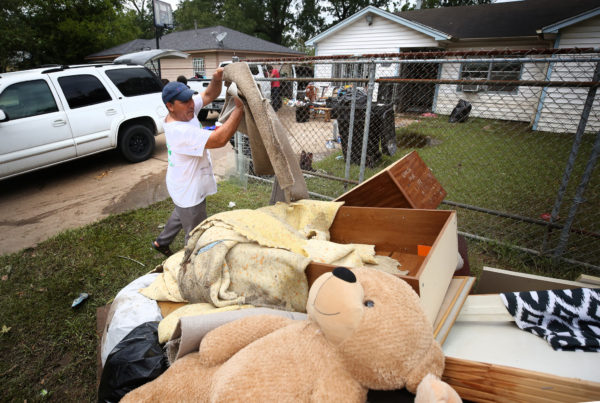It’s been a costly and deadly flu season in Texas and across the country. State health records released earlier this month indicate nearly 3,000 adult Texans have died from either the flu or pneumonia. Many of those who died were adults over the age of 65. Five pediatric deaths have also been reported.
For many Texas school districts the flu season is a serious concern – this year in particular. At least a dozen schools across the state have opted to close their doors for days because of the high numbers of sick students and teachers.
Marvin Beaty, the Superintendent of Bonham ISD, says the district had to shut down for a week in January because of the flu.
“We were tracking our absence rate, which is generally around three percent of our student population,” Beaty says. “In just a few days, it went from three percent to seven percent, which gave us a great concern.”
That was on a Friday. The school was closed for a teacher work day the following Monday. When they reopened on Tuesday, the absence rate had jumped to almost 15 percent.
“We literally could not get enough substitute teachers to fill the spots at the high school,” Beaty says. “My administrative team went into action and began to check our neighboring districts. Many of them were at or above a 20 percent absence rate and we were moving that direction.”
It was a unique situation for Beaty. He’s never had to shut down a school based on illness before.
“We had numerous schools around us that were shutting down,” he says. “I was communicating with their superintendents and what they were doing, and we all pursued a similar course.”
Beaty hired a company to disinfect the school.
“They came in and sprayed every inch of our buildings,” he says. “That is every building, from transportation to cafeteria, to classrooms to offices, closets. Everything.”
Another concern that comes with such a lengthy shut down is funding. Funding is based on average daily attendance, so if the school shuts its doors for too long, that can affect their overall numbers.
That’s why Beaty credits the district’s assistant superintendent for planning extra time built into the school year, which gives them some flexibility to cancel school when necessary.
“We are required by the state to have so many minutes of instruction in a year,” he says. “Given the length of our school day, after the traditional number of school days, we’ve actually gone in excess of what we’re required to do by eight and a half days.”
Beaty says the plan has an added benefit – students get some extra class time during years without severe weather or a punishing flu season.
Written by Jeremy Steen.
















